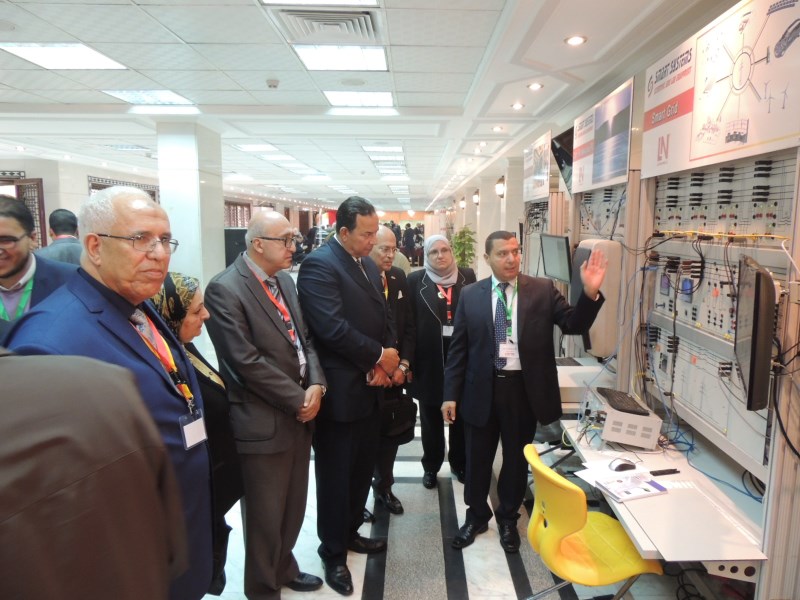COURSE – AUTOMOTIVE 21: TRACTION CONTROL SYSTEMS, ABS/ASR/ESP
- 1 Experiment board for investigating anti-lock braking systems (ABS), traction control systems/anti-slip regulation (ASR) and electronic stability control (ESC)
- Four wheel with independent drive
- Digital speedometer display for each individual wheel and the vehicle as a whole
- Slider for acceleration and braking
- Simulation of various road conditions (dry, wet, icy road)
- Steering with steering angle display via LED
- Simulation of oversteer and understeer
- CD-ROM with Labsoft browser and course software
- Process control and instrumentation
- Driving safety in motor vehicles
- Basic physics of driving
- Investigation of components
- Anti-lock braking systems (ABS)
- Understanding a system overview
- Requirements for anti-lock braking systems (ABS)
- Investigation of how an ABS control system operates
- Function of a typical ABS braking system
- How brake boosters and hydraulic brakes work
- Detecting the effects of typical faults in an ABS braking system
- Traction control systems (ASR)
- Identifying and describing functions
- Objectives and structure of ASR
- Investigation of typical control situations
- Electronic stability control (ESC)
- Requirements for electronic stability control
- Objectives and function
- Response to various driving manoeuvres
- Investigation of overall control system and control variables
- Fault simulation (faults can be activated via computer)
- Course duration: 6 h approx. (including 2 hours fault finding)








